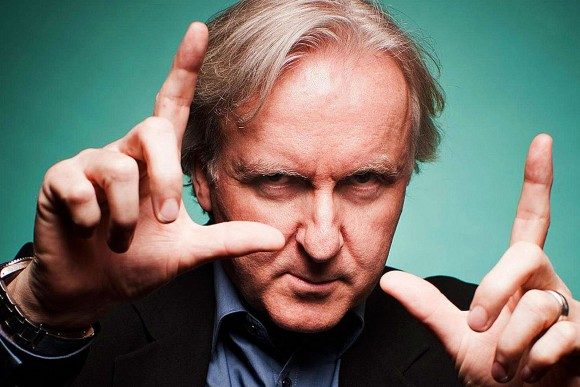So James Cameron, who almost single-handedly jumpstarted a 3D craze that seems just to be petering out in TV and is still going strong in movie theaters with 2009’s Avatar, thinks that too many films are being shot or postconverted into 3D, does he? Speaking at a technology forum last week, Cameron said, ““[It’s] one thing [to shoot] in 3D and another to convert to 3D.” He added that much of the pressure to go 3D is coming from studios “[trying] to make money,” “pushing 3D to directors who are not comfortable or do not like 3D.”
Noble sentiments we’re sure many directors, not to mention moviegoers unconvinced by 3D projection, will share, but Cameron didn’t stop there. Referencing Man of Steel and Iron Man 3, Cameron declared, “If you spend $150 million on visual effects, the film is already going to be spectacular, perfect.” Strong words from a man who purportedly spent nearly half a billion dollars on his own motion capture, 3D, CGI fest. Not to mention revealing, given the nature of the criticisms most often leveled at Avatar: a derivative story and uninspired characters. “Perfect,” it was not.
Cameron is currently at work on two sequels to Avatar, which are expected not only to again feature 3D but also the 48fps frame rate found in the 3D version of Peter Jackson’s The Hobbit movies (the second of which is due out this December). We’ll give Cameron this: Avatar was an important step in moving 3D away from a gimmicky jump-at-the-audience effect and towards arguably more immersive visual filmmaking. As the industry begins to learn how to deal with the new demands a higher frame rate puts on the craft of making movies, perhaps Cameron’s will once again be the hand that guides.

